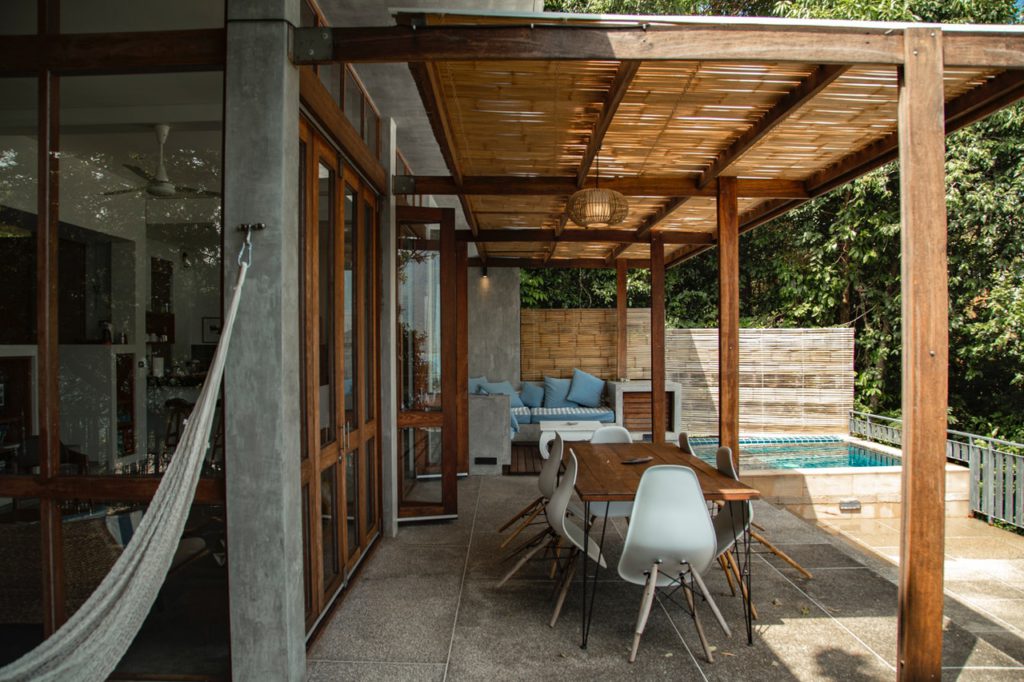The Benefits Of Using Furniture Oil

When it comes to wood finishes, Danish oil is one of the most common wood finishes and widely used oils. If you are shopping for Danish wood furniture with an oil finish, we recommend that you consult with a professional to find out which brand of Danish oil they use and do a little research to make sure it will suit your lifestyle. If you want to preserve the characteristics of the wood and also improve its protective properties, wood oil may be the best finishing option, rather than wax or varnish.
The depth of wood oil penetration into the wood surface will never exceed a few microns, so clean bare wood can be restored without excessive sanding. When applied to bare wood such as pine or maple, it will darken the wood after good coverage. In order to prevent trees from blooming naturally, you need a UV-resistant oil.
Using Danish oil as a primer will increase the performance of the wood paint and provide additional protection for the wood surface from cracks and scratches. Danish oil can be combined well with new untreated wood surfaces for a lighter texture compared to a longer drying time than linseed oil.
Some people think that olive oil damages wood furniture, but olive oil nourishes the wood and gives it a natural shine. The same goes for when you want to oil your new deck that you’ve just built.
Wood oil cannot be applied to outdoor wood furniture, but special teak oil can be applied to teak indoors (note that it is not made from teak). Here, you can purchase specialised outdoor furniture oil. Tung oil or linseed oil can be used to peel maple trees and bring out curved or striped wood grain.
Unlike synthetic alkyds, oil coatings, including linseed oil, penetrate the wood structure rather than form a film on it. Like other hand rubbed linen coatings, linseed oil penetrates deeply into the wood structure, protecting it from scratches and moisture changes. It is easy to care for, sustainable and provides a matte finish that truly brings out the color and texture of the wood.
Carpenters, joiners, craftsmen and hobbyists all love tung oil and have used it over the years as a beautiful and protective finish on a wide variety of projects and surfaces. For example, tung oil gives fantastic results for wood, bamboo, concrete, stone, brick and even metal surfaces. Tung oil is a favorite for finishing hardwood floors, furniture, terraces, siding, furniture, guitars and other musical instruments, handmade toys, and more. Tung Oil, a tung tree nut extract native to China and South America, is a natural drying oil that coats your precious wood furniture with a clear and moist finish.
In addition to creating beautiful and protective finishes, tung oil is also a popular choice for projects because it is versatile, easy to use and environmentally friendly. For thousands of years, pure tung oil has been popular for its protective waterproof coating formed on wood and other porous surfaces. In short, using this variant of tung oil on wood surfaces can make them appear incredibly waterproof and rich in dark colors. In short, applying tung oil on the surface of wood will give it a deep color and water resistance.
Thanks to Danish wood oil, it provides reliable protection to the wood and hardens in the sun, and applying several coats of tung oil can make the wood board look brighter and brighter. This is a good idea for any type of oiling wood, but because it is so safe, it can also be used for mineral oil blends. Add a little beeswax to help the oil last longer, and buff the wood to brighten the surface.
After you find the bare wood, you can apply varnish, lacquer or other oils. Before using mineral oil on kitchen cabinets and wood cutting surfaces, read the facts about using mineral oil on wood. Mineral oil is not only safe, it is non-toxic to wood, yes, but it also provides additional benefits when used on wood. Mineral oil is one of the least controversial oils and is usually used to treat wood to give it an unparalleled luster.
If wood oil is used to treat different types of wood in objects or in the same room, remember that one oil gives a different (visual) finish to different woods. The type of oil used also depends on whether the wood will be used indoors or outdoors. Danish natural oil will help in hardening, the wood will not become greasy and will remain dry. You will need to apply mineral oil regularly – this is not a durable wood product, unlike oily finishes designed to protect wood.
On the other hand, oils tend to enhance the properties of wood better. They are made from natural products and are very easy to apply and maintain. Although some oils have certain water resistance properties, oil-based paints (especially linseed oil) are often unable to retain moisture in the wood. The protection provided by oil is not as reliable or effective as modern wood finishing products such as paint.
Oil stains can be used successfully on some highly absorbent woods, such as cypress, which becomes very rough and porous when trying to stain the water. A drying oil such as linseed oil, if not bleached, darkens the wood even without mixing with any color. Oil paints can be mixed with wood putty, which allows you to combine painting and pouring in one operation.


